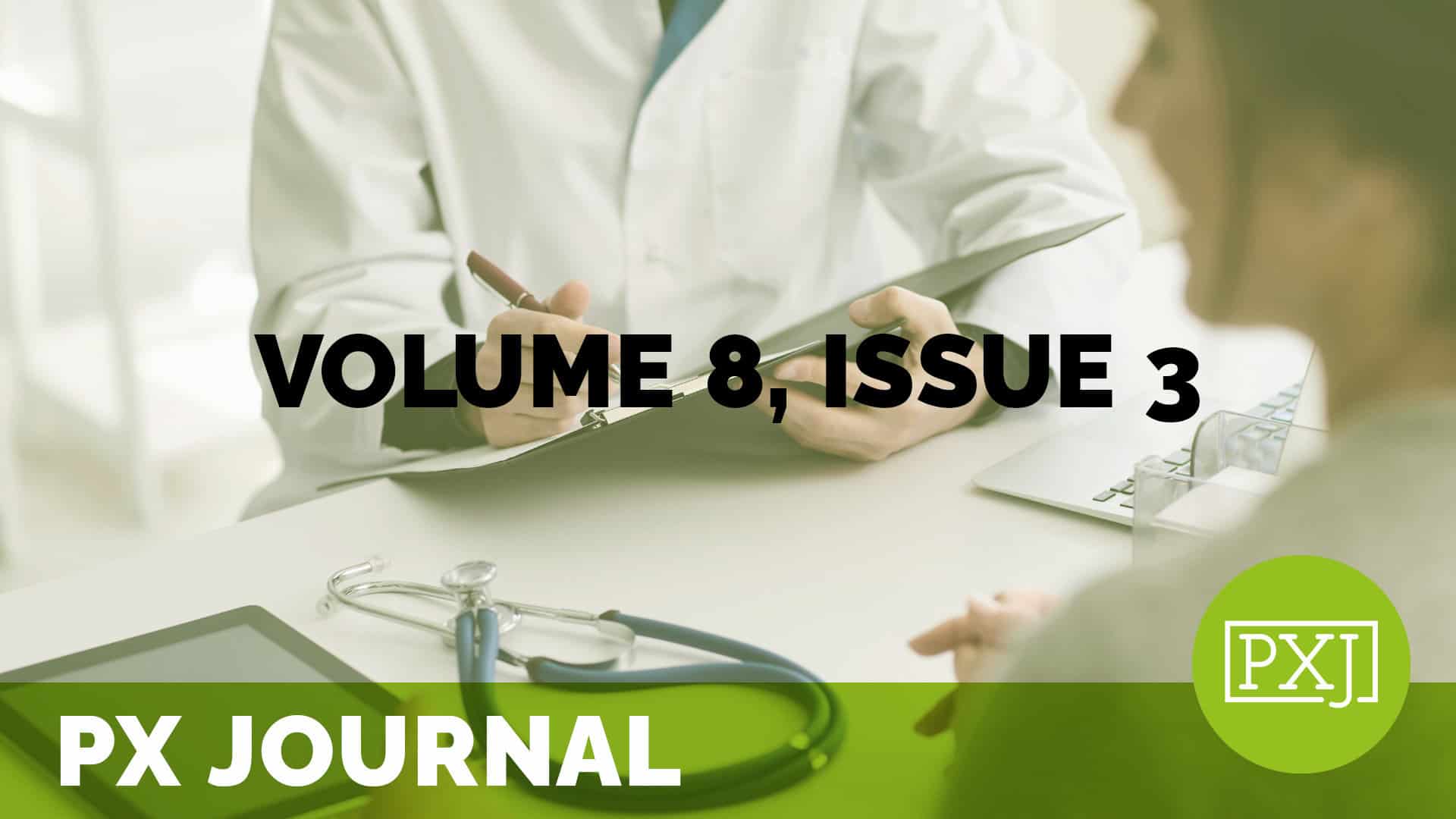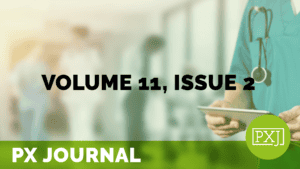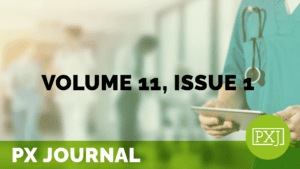Using design-thinking to investigate and improve patient experience

Understanding and enhancing the patient experience can lead to improved healthcare outcomes. The purpose of this study was to capture a comprehensive and nuanced understanding of the patient experience on an inpatient medical teaching unit in order to identify key deficiencies and unmet needs. We then aim to implement a design-thinking methodology to find innovative ways to solve these deficiencies. Here we present the first two phases of this four-phased study. We retrospectively and prospectively collected quantitative data about patient experience with the Canadian Patient Experiences Survey-Inpatient Care. We then used this data to guide patient interviews. We identified several key deficiencies including call bell response times, noise levels at night, pain control, education about medication side effects, communication between healthcare team members, and how well healthcare team members remain up to date about patient care. In the final two phases of our study, we will select one or more of these deficiencies and collaborate with patients and other stakeholders to rapidly create, employ, and assess the impact of prototypes through an iterative action cycle until effective and sustainable solutions are found.
Related content
-
 Innovation & Technology
Innovation & TechnologyPatient Experience and Virtual Reality: The Use of an MRI Exam Simulator
Magnetic resonance (MR) imaging is a safe diagnostic method of high accuracy detection and characterization of various pathological conditions. However, due to the very closed aspect of the apparatus, the high sound amplitude emitted and the need to remain motionless for a significant time, some patients experience discomfort and high levels of anxiety, compromising time
Learn more -
 Innovation & Technology
Innovation & TechnologyImproving the accuracy of Interactive Voice Response (IVR) Technology for pediatric experience scores
Learn more -
 Innovation & Technology
Innovation & TechnologyPatient Experience Diagnosis: Using Telemed Simulation to Assess Health Care Provider Verbal and Nonverbal Communication Issues to Prescribe Potential Interventions Authors
Patient experience contributes to health outcomes, and a host of healthcare organization success factors, including profitability. Often applied and academic analysis of patient experience applies macro-level approaches to defining issues and suggesting improvements. Guided by the theoretical framework of provider-patient communication during telemedicine, this study used a simulation to measure impacts of provider behaviors that
Learn more
